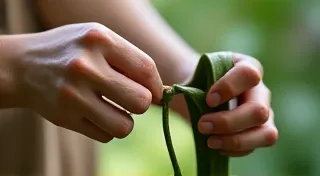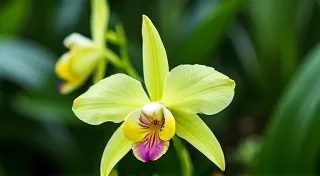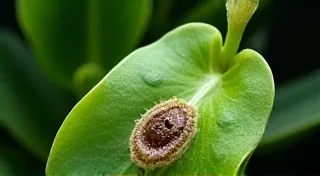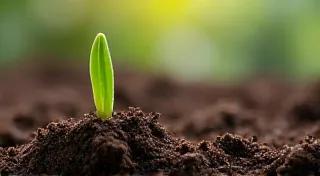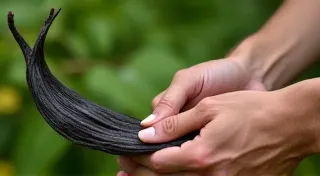Growing Vanilla Beans in Pots: A Container Gardening Guide
Dreaming of homegrown vanilla extract but don't have acres of tropical land? You're in luck! Growing vanilla beans in pots is entirely possible, even in cooler climates, with the right knowledge and care. This guide provides a comprehensive look at how to successfully cultivate these aromatic treasures in containers.
Understanding Vanilla and its Needs
Vanilla beans (Vanilla planifolia) are the fruit of a tropical orchid vine. They require specific conditions to thrive. Key elements include:
- Warmth: Vanilla vines are sensitive to frost and prefer temperatures between 70°F and 90°F (21°C and 32°C).
- Humidity: High humidity is crucial for successful growth.
- Sunlight: They need bright, indirect sunlight. Direct sunlight can scorch the leaves.
- Support: Vanilla vines are climbers and need a sturdy support structure.
- Pollination: Vanilla requires hand-pollination.
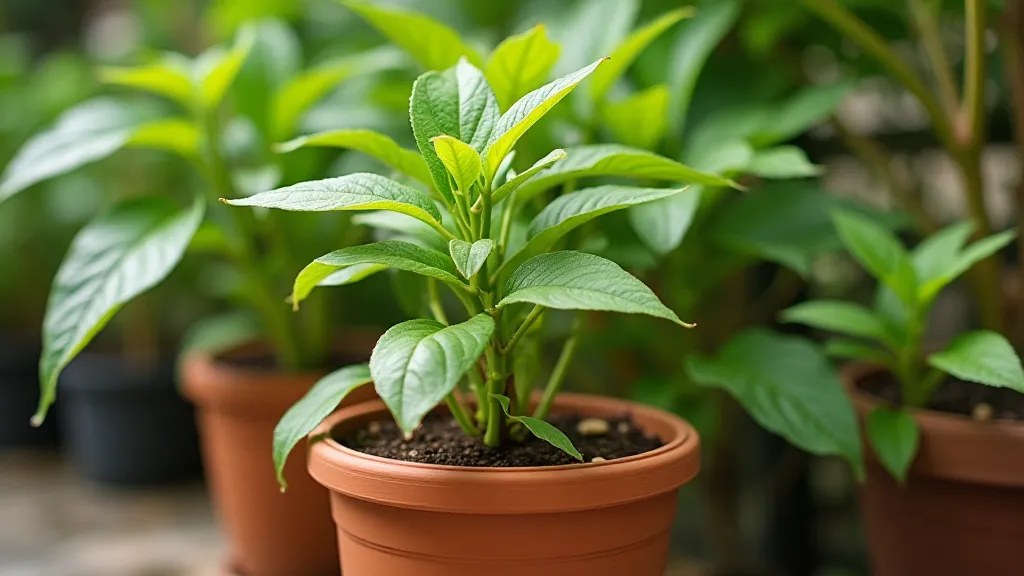
Choosing the Right Pot and Soil
The pot is your vanilla bean's entire world, so selection matters. Consider the following:
- Size: Start with a pot at least 12 inches in diameter and 18 inches deep. As the vine grows, you may need to repot it into a larger container, eventually up to 24 inches or larger. Consider that successful growth depends not only on the pot size but also on the specific choosing the right vanilla variety. Different varieties may have different growth habits and require differing pot sizes.
- Material: Terracotta pots are a good choice as they allow for better airflow and drainage. Plastic pots retain moisture longer, which can be beneficial in drier climates, but require careful watering.
- Drainage: Excellent drainage is essential to prevent root rot. Ensure the pot has drainage holes.
- Soil: Use a well-draining potting mix. A blend of peat moss, perlite, and vermiculite works well. You can also add some compost for added nutrients.
Planting Your Vanilla Bean
You can start your vanilla bean from a cutting or a young plant. Here’s a basic planting guide:
- Fill the pot with your prepared potting mix.
- Make a hole in the center of the potting mix.
- Carefully place the vanilla bean cutting or plant into the hole.
- Gently backfill the hole with potting mix, ensuring the roots are covered.
- Water thoroughly.
Ongoing Care: Watering, Humidity, and Feeding
Consistent care is key to a thriving vanilla bean plant:
- Watering: Keep the potting mix consistently moist, but not waterlogged. Allow the top inch of soil to dry out between waterings.
- Humidity: Vanilla plants thrive in high humidity. You can increase humidity by misting the plant regularly, using a humidifier, or placing the pot on a tray filled with pebbles and water (ensuring the bottom of the pot isn't submerged). Maintaining proper humidity is particularly important, and even more critical if you are aiming to produce your own beans - a process which benefits greatly from ensuring you’re harvesting vanilla beans at their peak.
- Fertilizing: Feed your vanilla plant every 2-4 weeks during the growing season (spring and summer) with a balanced liquid fertilizer diluted to half strength.
- Pruning: Prune your vanilla vine regularly to encourage bushier growth and control its size.
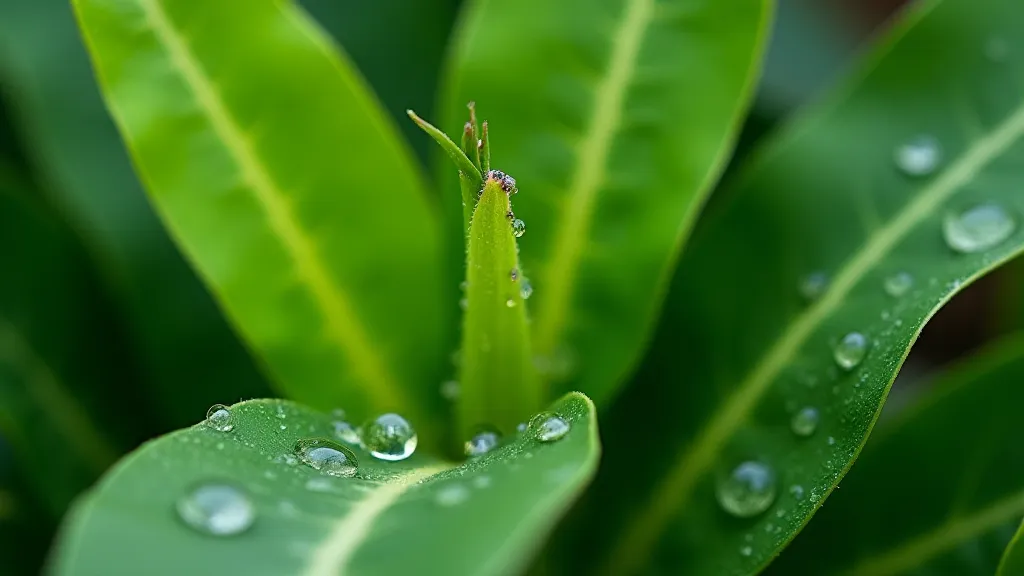
Providing Support
Vanilla vines are climbers, so they need support to grow upwards. You can use a trellis, a moss pole, or even a sturdy stake. Secure the vine to the support with plant ties or twine, being careful not to damage the stem.
Pollination: A Crucial Step
Vanilla plants require hand-pollination because they are not pollinated by insects. The flowers only last for a single day. Here's how to hand-pollinate:
- Observe the flowers closely. Pollination must occur within a few hours of the flower opening.
- Using a small, pointed tool (like a toothpick or cotton swab), carefully transfer pollen from the anther (the pollen-producing part) to the stigma (the receptive surface).
This process can be tricky and may require some practice. Not all flowers will be pollinated successfully. Consistent efforts will increase your chances of bean production. Understanding the intricacies of propagation can also be a significant factor in ensuring a robust and consistent yield. You might consider looking into vanilla bean propagation techniques to expand your collection and improve success rates.
Overwintering Vanilla Beans in Pots
In cooler climates, you’ll need to overwinter your vanilla bean plant to protect it from frost. Here’s how:
- Bring the pot indoors before the first frost.
- Place the plant in a cool (55-65°F/13-18°C) location with bright, indirect light.
- Reduce watering frequency.
- Resume normal watering and fertilizing in the spring.
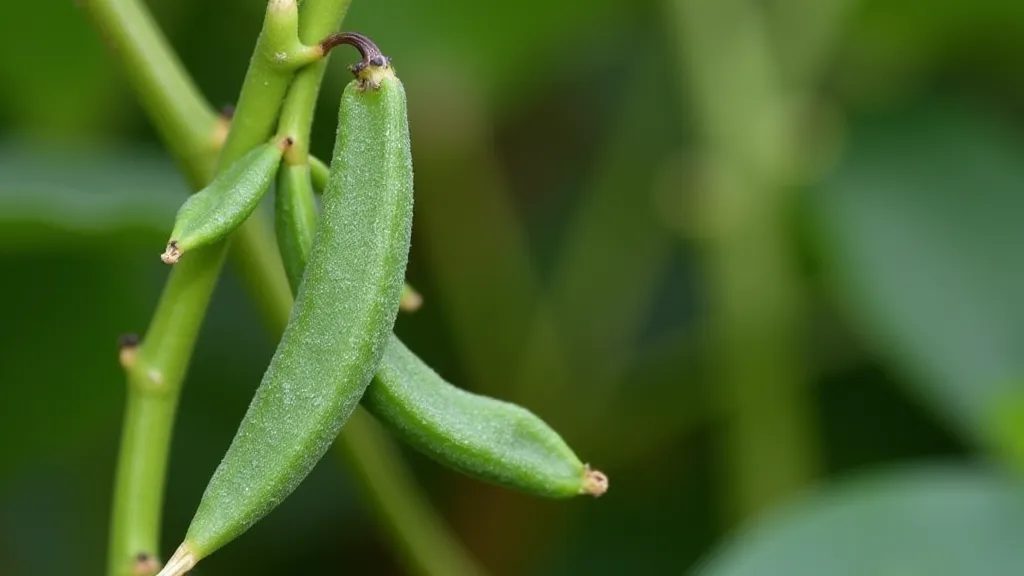
Troubleshooting Common Problems
Like any plant, vanilla beans can encounter problems. Here are a few common issues and solutions:
- Yellowing Leaves: Can be caused by overwatering, underwatering, or nutrient deficiency.
- Pests: Mealybugs and spider mites can infest vanilla plants. Treat with insecticidal soap.
- Lack of Bean Production: Often due to lack of pollination or insufficient light.
The initial steps in vanilla bean cultivation can seem daunting, but with consistent care and attention to detail, you can experience the joy of harvesting your own fragrant beans. Beyond the basic care, understanding the nuances of different varieties is key. Some varieties are simply more amenable to container growing than others, and selecting the right one can make a significant difference in your success. If you're new to growing vanilla beans, taking the time to research and choosing the right vanilla variety is a wise investment.
Successfully cultivating vanilla beans in containers involves a blend of understanding their specific needs, providing consistent care, and a willingness to learn from experience. The process is a journey of discovery, offering both challenges and rewards. The aroma of homegrown vanilla is a testament to the patience and dedication of the grower, and the satisfaction of using your own extract in your favorite recipes is unparalleled. Remember, the journey from seedling to bean is a labor of love.
Beyond the immediate gratification of homegrown vanilla, consider the broader implications of sustainable gardening practices. Container growing offers a degree of control over the environment, allowing you to minimize the use of pesticides and fertilizers. This not only benefits the environment but also enhances the quality and flavor of your vanilla beans.
With diligent care, consistent attention to detail, and a passion for the art of gardening, you can unlock the secrets of growing vanilla beans in pots and enjoy the unique rewards of cultivating these precious treasures. The sweet scent of vanilla is more than just an aroma; it's a symbol of dedication, patience, and the transformative power of nature.
